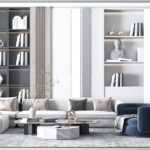
Inclusive Design: Making Spaces Accessible for All
June 3, 2023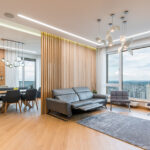
Peering into the Crystal Ball: Future Trends in Interior Design
June 4, 2023Green Design: The Future of Sustainability in Interiors
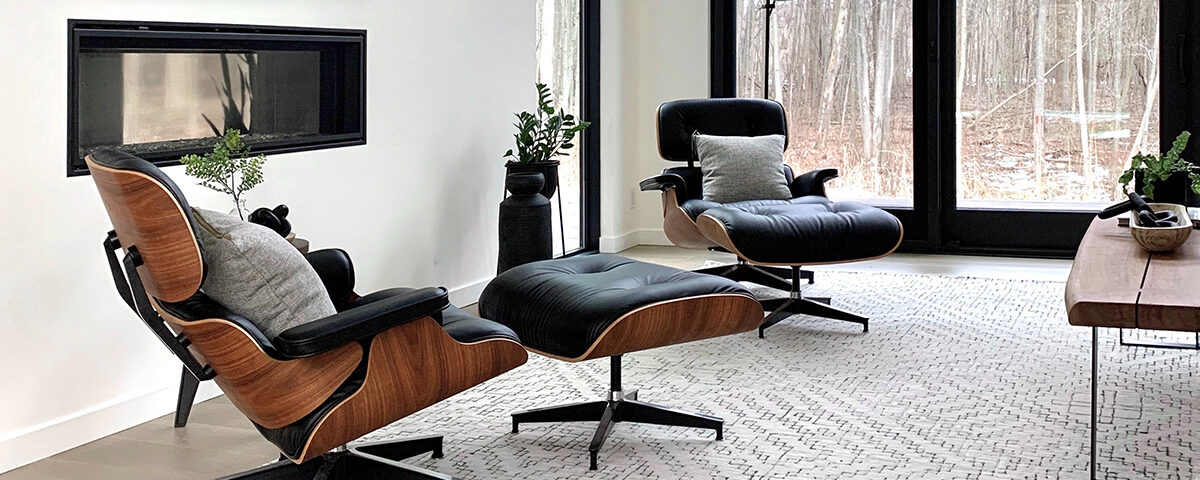
In recent years, there has been a growing emphasis on sustainability in all aspects of our lives, and interior design is no exception. Green design, also known as sustainable design, is an approach that prioritizes environmental responsibility, health and well-being, and social consciousness. In this article, we will delve into the concept of green design and explore its significance in shaping the future of sustainable interiors.
Table of Contents
Introduction
Green design is a holistic approach that seeks to minimize the negative impact of interior design on the environment, while also promoting human well-being and social equity. It goes beyond aesthetics and functionality, taking into consideration the entire life cycle of materials and products used in interiors. By incorporating sustainable practices, designers can create spaces that are not only visually appealing but also contribute to a healthier planet and improved quality of life for occupants.
Understanding Green Design
Defining Sustainability in Interiors
Sustainability in interiors refers to the practice of designing, constructing, and operating spaces in a manner that reduces resource consumption, minimizes waste generation, and promotes a healthy indoor environment. It involves making conscious choices throughout the design process to ensure that the environmental, social, and economic impacts are carefully considered.
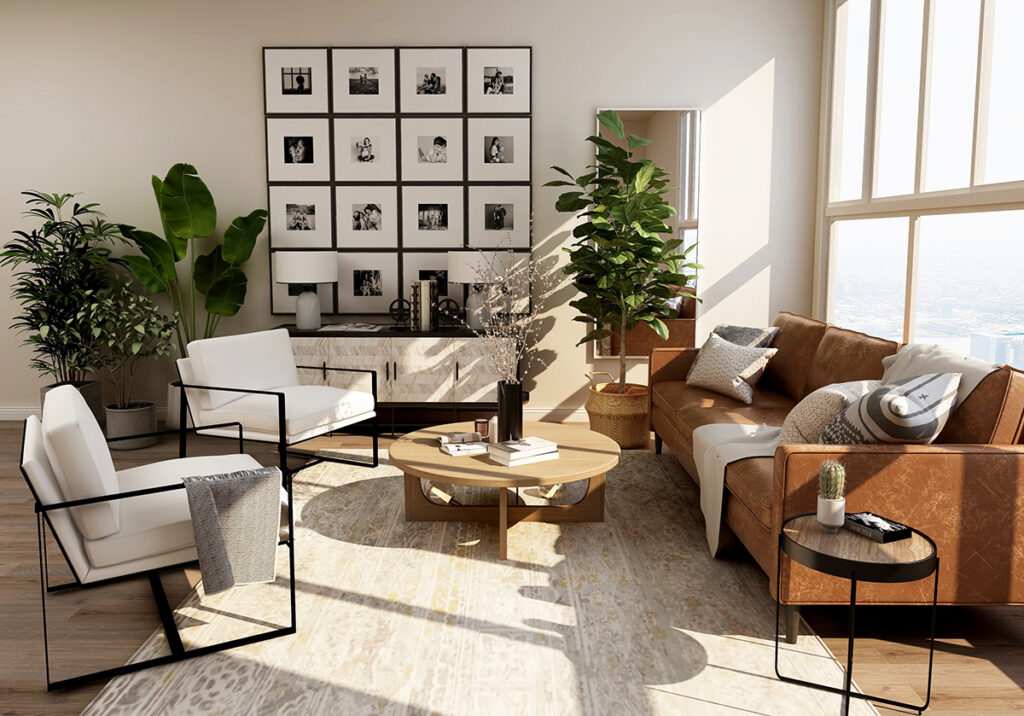
Key Principles of Green Design
Green design is guided by several key principles:
- Reducing Environmental Footprint: This principle focuses on minimizing energy consumption, water usage, and waste generation throughout the lifecycle of a project.
- Using Sustainable Materials: Green design prioritizes the use of renewable, recycled, and locally sourced materials that have a lower impact on the environment.
- Promoting Indoor Air Quality: The selection of low-emission materials, adequate ventilation, and proper indoor air quality management are vital in creating healthier interior spaces.
- Enhancing Energy Efficiency: Green design incorporates energy-efficient lighting, appliances, and HVAC systems to reduce energy consumption and lower carbon emissions.
- Embracing Biophilic Design: This principle involves integrating elements of nature into interior spaces, promoting a connection to the natural environment and enhancing well-being.
The Importance of Green Design in Interiors
Environmental Benefits
Green design plays a crucial role in addressing the environmental challenges we face today. By adopting sustainable practices, interior designers can contribute to the reduction of carbon emissions, depletion of natural resources, and pollution. The use of Eco-friendly materials and energy-efficient systems can significantly minimize the ecological footprint of interior spaces.
Health and Well-being
Interior spaces have a direct impact on our health and well-being. Green design focuses on creating healthy environments by considering factors such as indoor air quality, natural lighting, and the use of non-toxic materials. By reducing exposure to harmful substances, promoting good indoor air quality, and incorporating biophilic elements, green design contributes to occupant comfort, productivity, and overall well-being.
Social Responsibility
Green design also addresses social responsibility by considering the social and economic impacts of design choices. Ethical sourcing, fair trade practices, and supporting local artisans and communities are integral aspects of sustainable interior design. By prioritizing social equity, green design aims to create spaces that benefit both the occupants and the broader community.
Incorporating Sustainable Materials and Products
A significant aspect of green design is the use of sustainable materials and products. By consciously selecting environmentally friendly options, designers can make a positive impact on the environment and human health.
Renewable and Recycled Materials
Choosing materials with a low environmental impact is crucial. Opting for renewable materials such as bamboo or cork flooring, reclaimed wood, or recycled glass not only reduces resource depletion but also adds unique character to interior spaces.
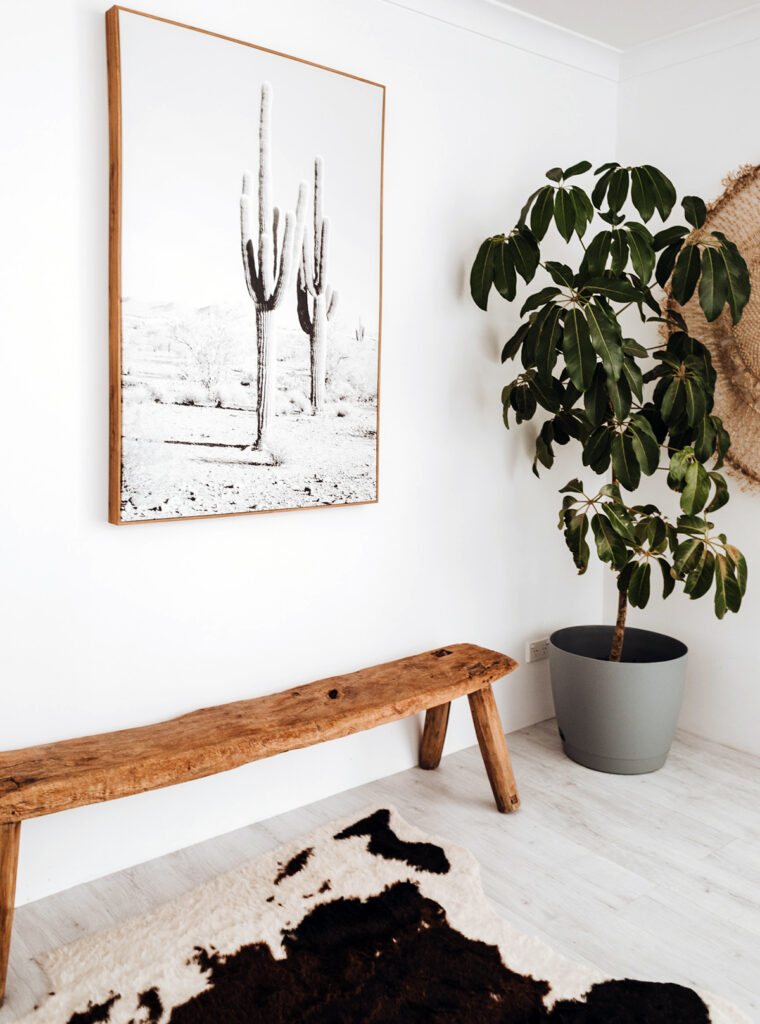
Low-impact and Non-toxic Materials
Green design promotes the use of low-impact and non-toxic materials to minimize indoor air pollution and promote better indoor air quality. Selecting paints, adhesives, and finishes that have low volatile organic compound (VOC) content ensures healthier living environments.
Energy-efficient Appliances and Lighting
Energy-efficient appliances and lighting solutions significantly contribute to sustainability in interiors. Incorporating energy-saving appliances, LED lighting, and daylight harvesting techniques can reduce energy consumption and lower utility costs.
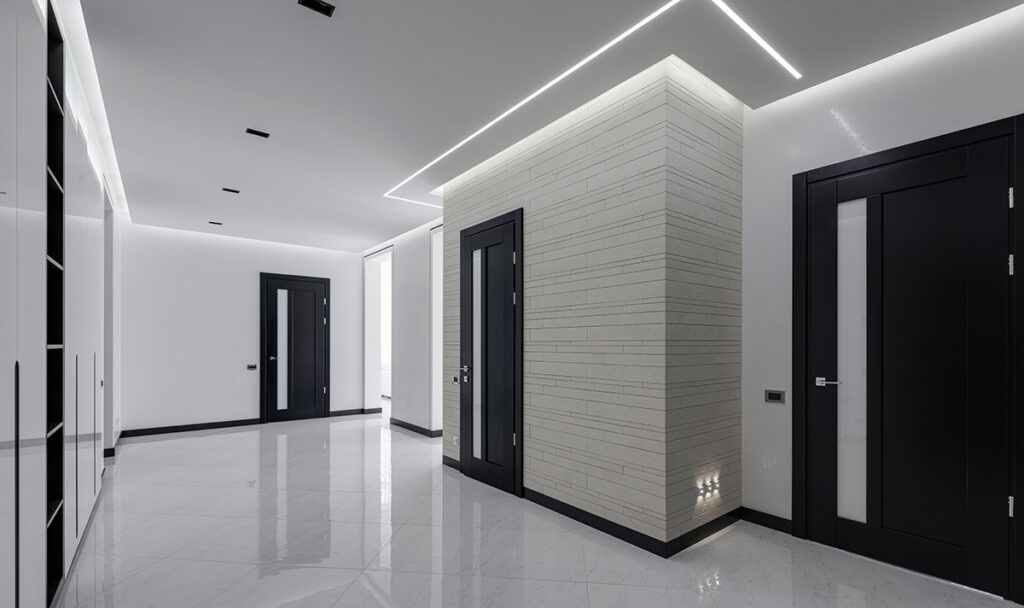
Enhancing Energy Efficiency and Conservation
Green design emphasizes energy efficiency and conservation measures to minimize the environmental impact of interior spaces.
Efficient HVAC Systems
Efficient heating, ventilation, and air conditioning (HVAC) systems play a vital role in energy conservation. Proper insulation, regular maintenance, and the use of programmable thermostats help optimize energy usage and create comfortable indoor environments.
Insulation and Glazing
Well-insulated interiors and energy-efficient windows contribute to temperature regulation, reducing the need for excessive heating or cooling. High-performance glazing options can help optimize natural lighting while minimizing heat gain or loss.
Smart Energy Management
Integrating smart energy management systems allows for better control and monitoring of energy consumption. Occupancy sensors, automated lighting controls, and smart power strips are examples of technologies that promote energy efficiency and reduce wastage.
Designing with Nature and Biophilic Elements
Incorporating elements of nature and biophilic design principles can have a profound impact on the overall well-being of occupants and the sustainability of interiors.
Integration of Natural Light
Maximizing the use of natural light not only reduces the reliance on artificial lighting but also improves the connection to the natural environment. Strategic placement of windows, skylights, and light shelves can optimize natural light penetration while minimizing glare and heat gain.
Indoor Plants and Living Walls
Introducing indoor plants and living walls brings nature indoors and improves air quality. Plants not only filter pollutants but also create a sense of well-being and connection to the natural world.
Sustainable Landscaping
Green design extends beyond the interiors to include sustainable landscaping practices. Incorporating native plants, water-efficient irrigation systems, and permeable surfaces in outdoor spaces reduces water consumption and promotes biodiversity.
Incorporating Sustainable Furniture and Textiles
Green design extends to the selection of furniture and textiles, ensuring that they are sourced and produced sustainably.
Eco-friendly Furniture Materials
Choosing furniture made from sustainably sourced or recycled materials, such as FSC-certified wood or recycled plastic, helps minimize environmental impact. Additionally, opting for furniture pieces with minimal chemical treatments and durable construction promotes longevity and reduces waste.
Ethical and Fair Trade Practices
Promoting fair trade and supporting artisans and local communities is an essential aspect of green design. Selecting furniture and textiles produced under fair labor practices and ensuring a transparent supply chain fosters social responsibility.
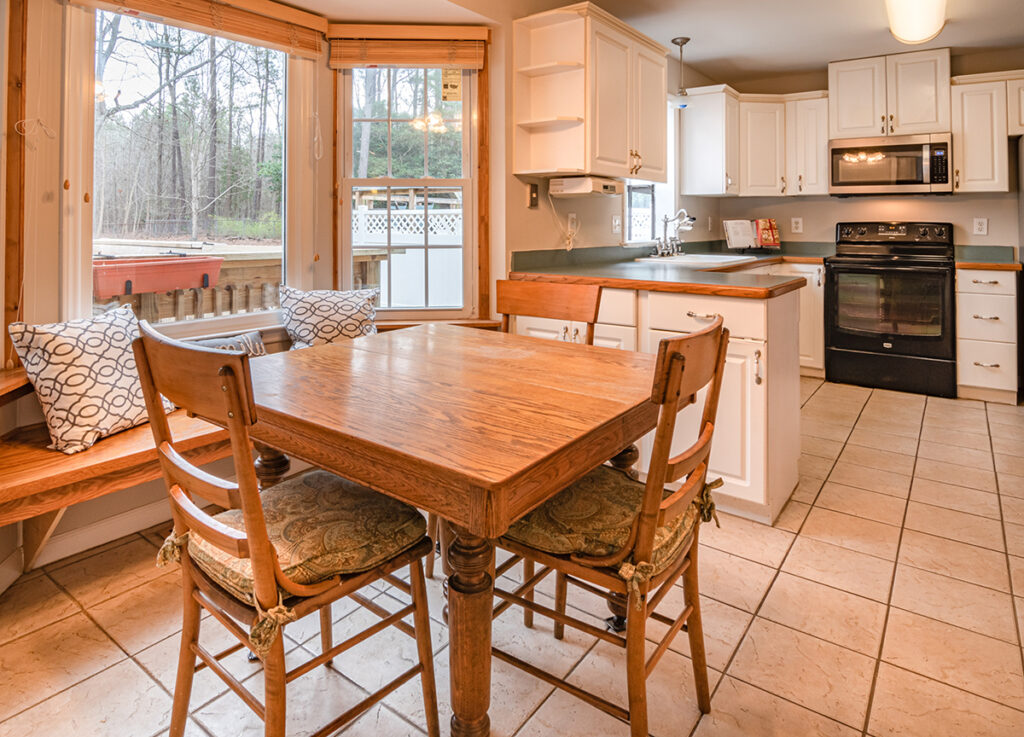
Sustainable Textiles and Upholstery
When selecting textiles and upholstery, considering sustainable options such as organic cotton, linen, or recycled fibers helps reduce the environmental impact of the interiors. Choosing fabrics with low chemical treatments and dyes also contributes to better indoor air quality.
The Role of Green Design in Commercial Spaces
Green design has a significant role to play in commercial spaces as well. Businesses can prioritize sustainability by incorporating energy-efficient systems, promoting recycling and waste reduction, and creating healthy work environments. Green building certifications, such as LEED (Leadership in Energy and Environmental Design), can be pursued to demonstrate a commitment to sustainability in commercial interior design.
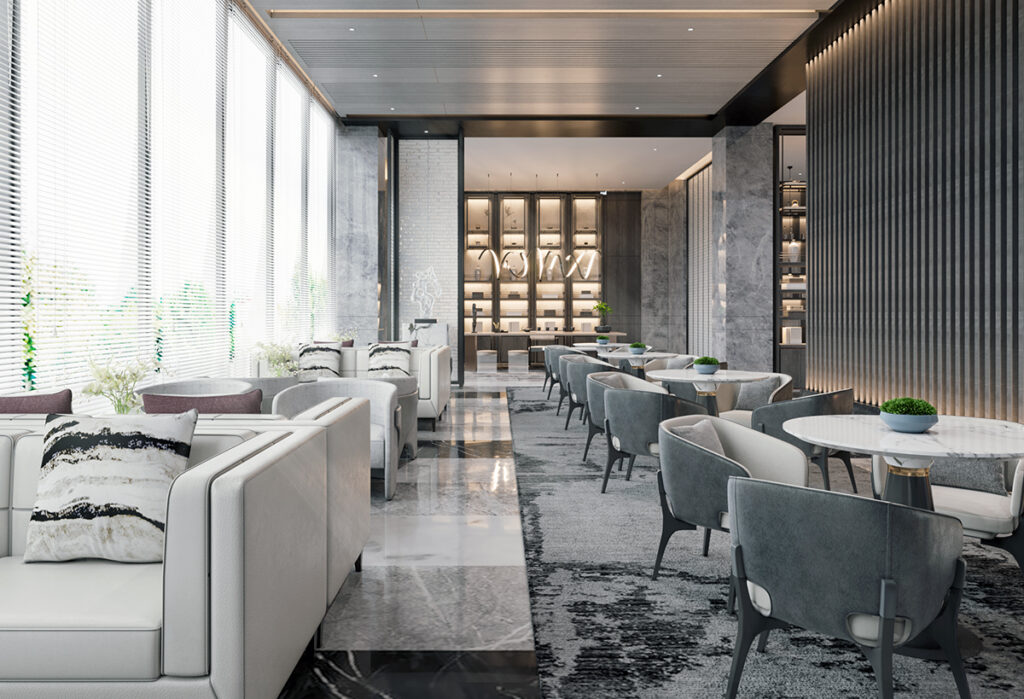
Overcoming Challenges and Embracing Green Design
While green design presents numerous benefits, it may also come with challenges. These include higher upfront costs, limited availability of sustainable materials, and the need for specialized knowledge. However, by collaborating with knowledgeable professionals, staying informed about sustainable practices, and emphasizing long-term benefits, these challenges can be overcome, allowing for the successful implementation of green design principles.
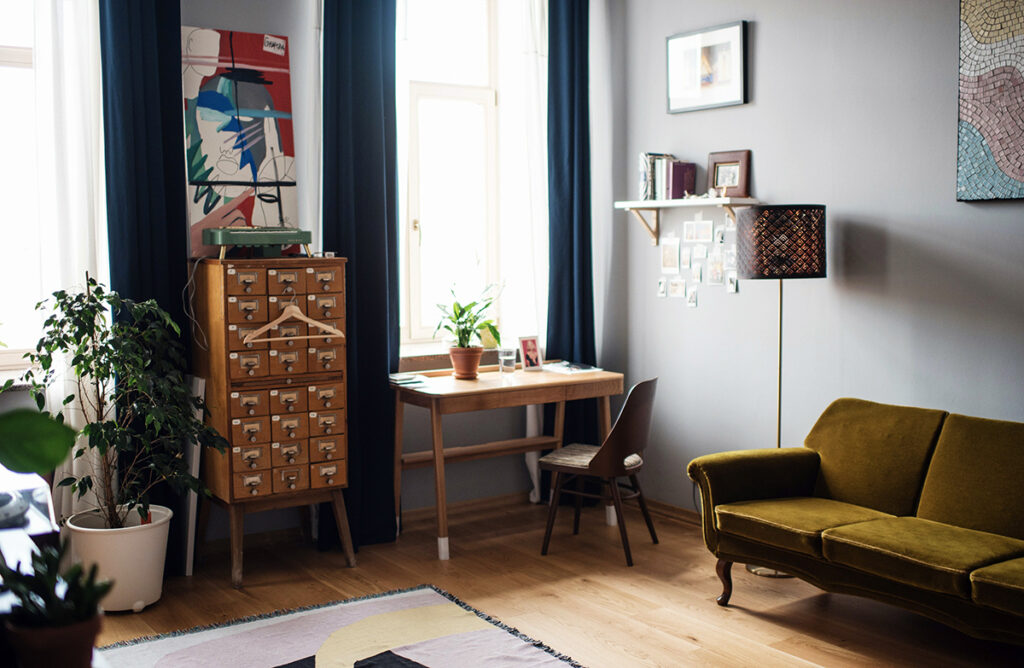
Key Takeaways: Embracing Sustainability in Modern Interiors
Green design is transforming the way we think about our living and working spaces. With a focus on sustainability, health, and efficiency, it offers solutions that not only benefit the planet but also enhance the quality of life for its occupants. Key takeaways include the importance of using sustainable materials, the benefits of energy conservation, and the positive impact of biophilic elements. By adopting green design, individuals and businesses can contribute to a more sustainable future while enjoying spaces that are aesthetically pleasing and functional. This holistic approach is essential for creating environments that are not just sustainable but also supportive of overall well-being and social responsibility. Embracing green design is not just a trend but a necessity for future-proofing our interiors against environmental challenges.
Conclusion
Green design is not just a passing trend; it is the future of sustainability in interiors. By embracing green design principles, interior designers can create spaces that not only promote the well-being of occupants but also contribute to the preservation of the environment. From using sustainable materials and enhancing energy efficiency to integrating nature and practicing social responsibility, green design offers endless possibilities for creating healthier, more sustainable, and visually appealing interior spaces.
FAQs
1. Is green design limited to residential interiors?
No, green design principles can be applied to both residential and commercial interiors. The focus on sustainability, energy efficiency, and occupant well-being is relevant to all types of interior spaces.
2. How can green design contribute to cost savings?
While green design may involve higher upfront costs, it can result in long-term cost savings. Energy-efficient systems, reduced maintenance requirements, and improved durability of sustainable materials can lead to lower operating expenses over time.
3. Can green design be applied to existing interiors?
Yes, green design principles can be applied to existing interiors through renovation and retrofitting. By incorporating sustainable materials, enhancing energy efficiency, and improving indoor air quality, existing spaces can be transformed into more sustainable environments.
4. Are there certifications for green design in interiors?
Yes, certifications such as LEED (Leadership in Energy and Environmental Design) provide recognition for green building practices, including sustainable interior design. These certifications serve as benchmarks for sustainable design and can enhance the market value of the space.
5. How can I find sustainable materials and products for my interior design projects?
Researching suppliers, manufacturers, and organizations dedicated to sustainability can help you identify sustainable materials and products for your interior design projects. Look for certifications, such as Forest Stewardship Council (FSC) for wood products or Cradle to Cradle for overall sustainability.
6. What is green design in the context of interior design?
Green design in interior design refers to the practice of creating spaces that are environmentally sustainable and healthy for occupants. This approach focuses on minimizing the environmental impact by using materials and techniques that reduce energy consumption, waste, and harmful emissions.
7. Why is green design important?
Green design is crucial as it addresses environmental concerns such as climate change and resource depletion. It ensures that interior spaces contribute positively to the environment while promoting healthier living conditions for individuals.
8. How does green design benefit individual well-being?
Green design enhances well-being by using materials and systems that improve indoor air quality, natural lighting, and thermal comfort. It also incorporates biophilic elements that connect occupants to nature, boosting mood and mental health.
9. Can green design be cost-effective?
Yes, while green design might require a higher initial investment, it leads to significant cost savings over time. Energy-efficient appliances, durable materials, and reduced utility bills all contribute to a lower total cost of ownership.
10. What are some key elements of green design?
Key elements include the use of sustainable materials like bamboo or recycled products, energy-efficient lighting and appliances, water-saving fixtures, and systems that enhance indoor environmental quality. The integration of biophilic design, which uses natural elements like plants and water features, is also significant.
11. How can green design impact energy conservation?
Green design significantly reduces energy consumption through the use of efficient appliances, proper insulation, solar panels, and smart energy management systems. These features help to conserve energy and reduce the carbon footprint of a space.
12. What challenges might one face when implementing green design?
Challenges include higher initial costs, finding reliable sources of sustainable materials, and a lack of awareness or expertise in green design principles. However, these can be overcome with thorough planning, education, and collaboration with experts.
13. How does green design promote social responsibility?
By using ethically sourced materials and supporting fair trade practices, green design promotes social responsibility. It also considers the impact of design choices on the broader community and aims to contribute positively to society.
14. What types of spaces can benefit from green design?
All types of spaces, including residential, commercial, and public areas, can benefit from green design. Whether it’s a home, office, school, or healthcare facility, implementing sustainable practices can improve the environment and quality of life for users.
15. How is green design evolving with technology?
Green design is increasingly leveraging technology to enhance sustainability. Smart home systems, energy management technologies, and advanced materials are being used to improve efficiency and functionality in eco-friendly interiors.
“Learn about the significance of inclusivity in design as we discuss strategies and ideas for Inclusive Design: Making Spaces Accessible for All, fostering spaces that cater to the needs of diverse individuals.”

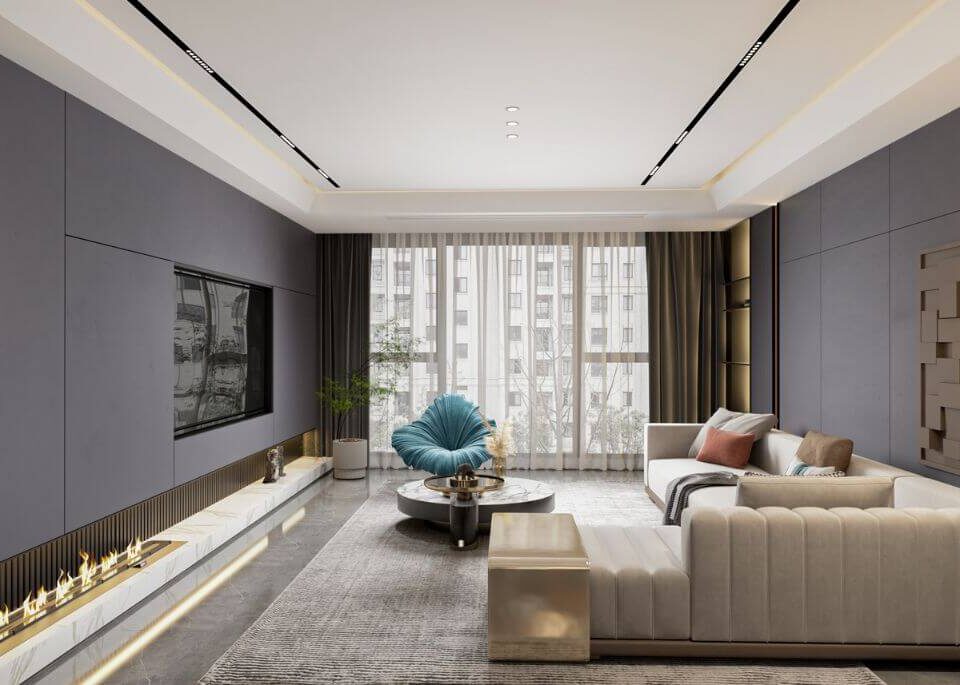
0 Comments
Selling your home for funds and engaging in property flipping can be a rewarding pursuit in the property industry, given you execute thorough organization and arrangement. The first move is to ascertain the marketplace worth of your home, which can be achieved through licensed assessments, marketplace comparisons, or digital resources. Establishing the correct price is crucial; underpriced, and you encounter economic loss; too high, and you might face prolonged marketing periods. Real estate agents can offer valuable insights in pricing your property fairly within the present marketplace context.
To increase your house’s desirability and expedite the cash transaction, make essential repairs and enhancements, emphasizing on high-impact areas such as the cooking area and restrooms. A tidy and clean estate will lure more investors and potentially result to a faster transaction. Moreover, staging your house by tidying furniture, eliminating disorder, and incorporating aesthetic elements can generate a cozy ambiance that entices to possible investors. Professional house presentation professionals can additionally enhance your house’s attractiveness.
Renovating homes for income demands securing proper funding options, which may comprise standard bank loans, private credits, or personal loans. It’s crucial to choose a financing method that matches your economic requirements and have a solid strategy for payback. Partnering with the right professionals, such as housing brokers, renovators, evaluators, and law experts, is essential to a effective flipping venture. These professionals can help in locating the right home, managing critical renovations and enhancements, evaluating the estate’s status, and managing contractual aspects, guaranteeing a seamless and successful flipping undertaking. For more detailed information and materials on this area, feel free to explore my preferred page.
In the event you do you want to read more about this specific topic area go visit my very own web address:
[url=https://www.stephburtcashoffers.com/we-buy-houses-in-conyers-georgia/][color=#000_url]buy vacant house promptly for funds against Atlanta Georgia and South Fulton GA 30331[/color][/url]
[url=https://diymoneysavers.com/hello-world/#comment-17797]Handling Shocking Issues in Home Repair[/url] 36ecc25